It is possible that we still have it with our suppliers but the price could be different from before.
Feel free to order. We will verify availability and inform you promptly.

Safe Payment
We accept Paypal, Money Transfer, Bank Transfer
Confidence
Protection covers your purchase and personal data.
Worldwide Delivery
We ship Worldwide, except Russia.Shipping cost US$25.2 for upto 0.5 kgs

Hotline
Talk to help line for your question on 9841267335We have completed the carving process of this product. Now the devotee can choose what patina finishing they like. We will apply the finishing according to their requirement.
Like Gold plated, Partly gold Plated, Antique or same as pictures etc.
This Stupa of Buddhist Statue Of Stupa, [custom Finishing] 5 Of 8 is made by the process of the Lost Wax system. This is a very complicated, time consuming and historic process of making metal sculptures.Which is why it is sometimes called Precision Casting as well. Hence the sculptures made by this process are comparatively expensive. There are many new, advanced and less time consuming methods of casting metal sculptures available as well. But due to the benefits provided by the traditional lost wax system in quality control and customization, we prefer the Loss wax system over Ceramic molding, or sand casting to make our Stupa.
Below we have tried to illustrate the process of making a loss wax system statue: Read More . . .
The stupa is a traditional structure of architecture, filled with relics and written mantras, which demonstrates the harmony and perfection of all universal principles and invites the human mind to participate in the growth and endless possibilities.
Basically, in the Sutras, the direct teachings of Buddha, one can find examples of eight different kinds of stupas. They apply to important events, such as his birth, his enlightenment, his teachings and his death, in Buddha Shakyamuni's life. According to these cases, the first stupas of this kind were constructed at different locations in India and today's Nepal and became holy sites.
Later, the so-called "Tathagata Stupas of the Eight Sacred Places" tradition came to Tibet. You can still find all eight stupas in a row on top of an enclosed wall at some Tibetan monasteries, counting 108 or even 1,080 stupas all together.
In Europe, it is very unusual to see all the eight stupas constructed together. In France (Montchardon), for example, one row is located and, since 2017, a beautiful set crowns Karma Berchen Ling.
A powerful protective field is formed by the eight stupas which can keep negative forces away. Established at the entrance, this "wall of stupas" not only reminds us of Buddha's deeds but also outwardly protects the retreat spot.
![]()
Lotus Stupa Tib. Pepung Chorten The main body of this stupa appears in the form of a lotus and symbolizes Buddhaâs birth in Lumbini.
![]()
Enlightenment Stupa Tib. Jangchub Chorten This stupa symbolizes the full development of mind, the state of a Buddha. It was built by the Dharma king Bimbisara, honoring Buddhaâs enlightenment in Bodhgaya. On the evening before reaching enlightenment, Buddha Shakyamuni removed the last subtle veils and obstacles in his mind, which is also represented in this stupa.
![]()
Stupa of Many Doors Tib. Taschi Gomang Chorten This stupa represents the Dharma, the teachings of the Buddha about the way things are. It is also called âWisdom Stupaâ and was built on the occasion of Buddhaâs first teaching âThe four noble truthsâ which he gave in Sarnath/Varanasi. The stupa represents the threefold turning of the wheel of Dharma and contains all teachings Buddha gave.
![]()
Stupa of Great Miracles Tib. Chotrul Chorten This stupa represents the miracles performed by Buddha when he converted the âfollowers of wrong viewsâ (non-Buddhist masters) through his power of miracles. A person named Lisabi built this stupa in the Jetavana Grove in Shravasti.
![]()
Stupa Descent from God Realms Tib. Lhabab Chorten Buddha gave teachings to his mother in the heaven of thirty-three gods (Trayastrimsha Heaven). Buddhaâs descent from this realm back to earth is symbolized by this special stupa with three ladders on each side. The first stupa of this kind was built in Samkashya.
![]()
Stupa of Reconciliation Tib. Yendum Chorten The cousin of Buddha named Devadatta had caused a split within the community of practitioners. To mark the reconciliation of the Sangha, this stupa was built in Rajgir.
![]()
Stupa of Complete Victory Tib. Namgyal Chorten Shortly before his death Buddha extended his life for three months because his students asked him not to pass away. This happened in Vaishali. This stupa is also known for its healing power.
![]()
Paranirvana Stupa Tib. Nyangde Chorten This stupa symbolizes Buddhaâs leaving the conditioned existence (death) in Kushinagara. The main body of the stupa has the form of a bell, and is a symbol for the perfect wisdom of Buddha.


![Buddhist Statue Of Stupa, [custom Finishing] 5 Of 8](https://handicraftseller.com/uploads/pics/product/thumb/2021/02/22816.jpg)
![Buddhist Statue Of Stupa, [custom Finishing] 5 Of 8](https://handicraftseller.com/uploads/pics/product/thumb/2021/02/22816_0.jpg)
![Buddhist Statue Of Stupa, [custom Finishing] 5 Of 8](https://handicraftseller.com/uploads/pics/product/thumb/2021/02/22816_1.jpg)
![Buddhist Statue Of Stupa, [custom Finishing] 5 Of 8](https://handicraftseller.com/uploads/pics/product/thumb/2021/02/22816_2.jpg)
![Buddhist Statue Of Stupa, [custom Finishing] 5 Of 8](https://handicraftseller.com/uploads/pics/product/thumb/2021/02/22816_3.jpg)
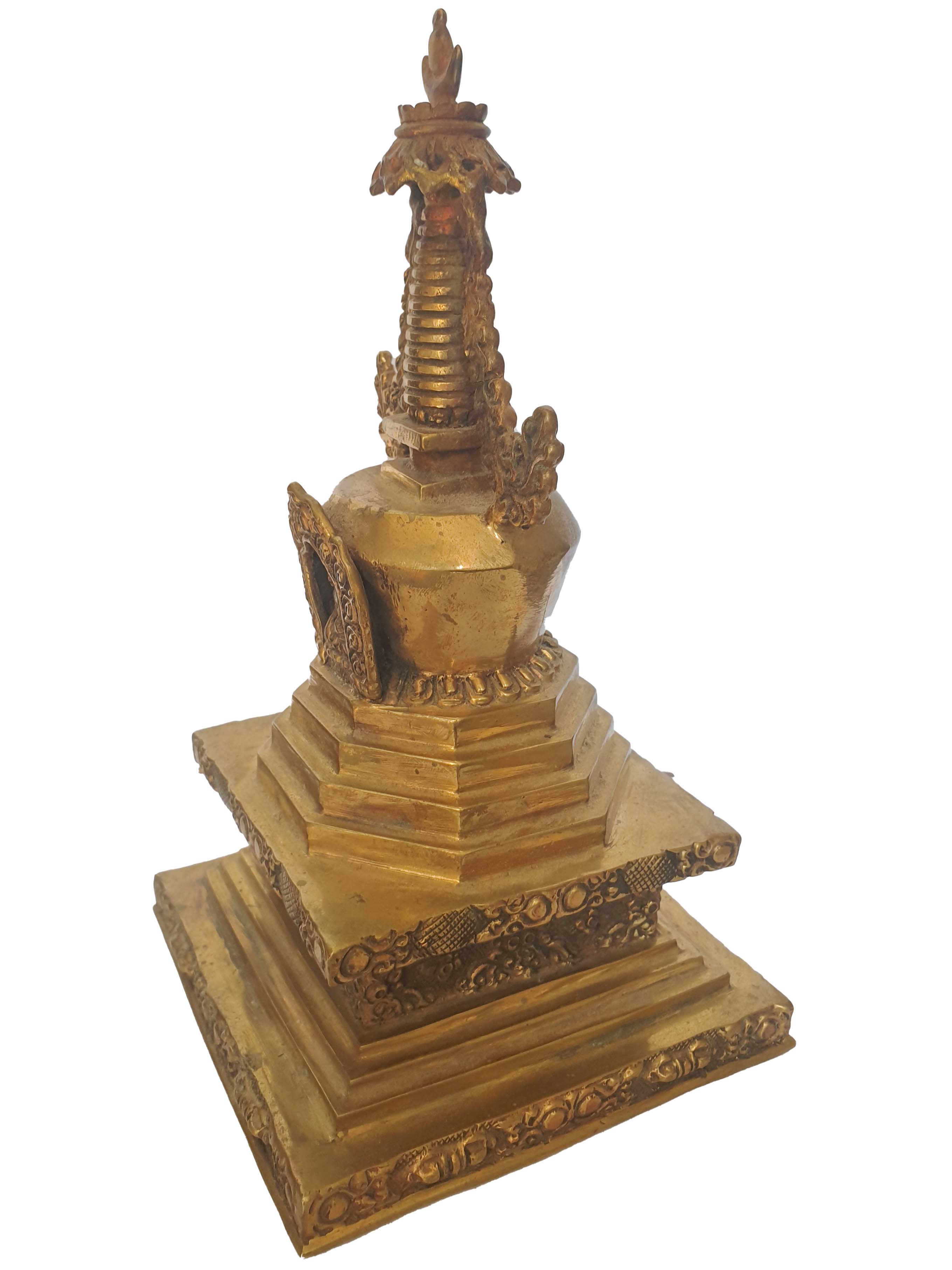


























































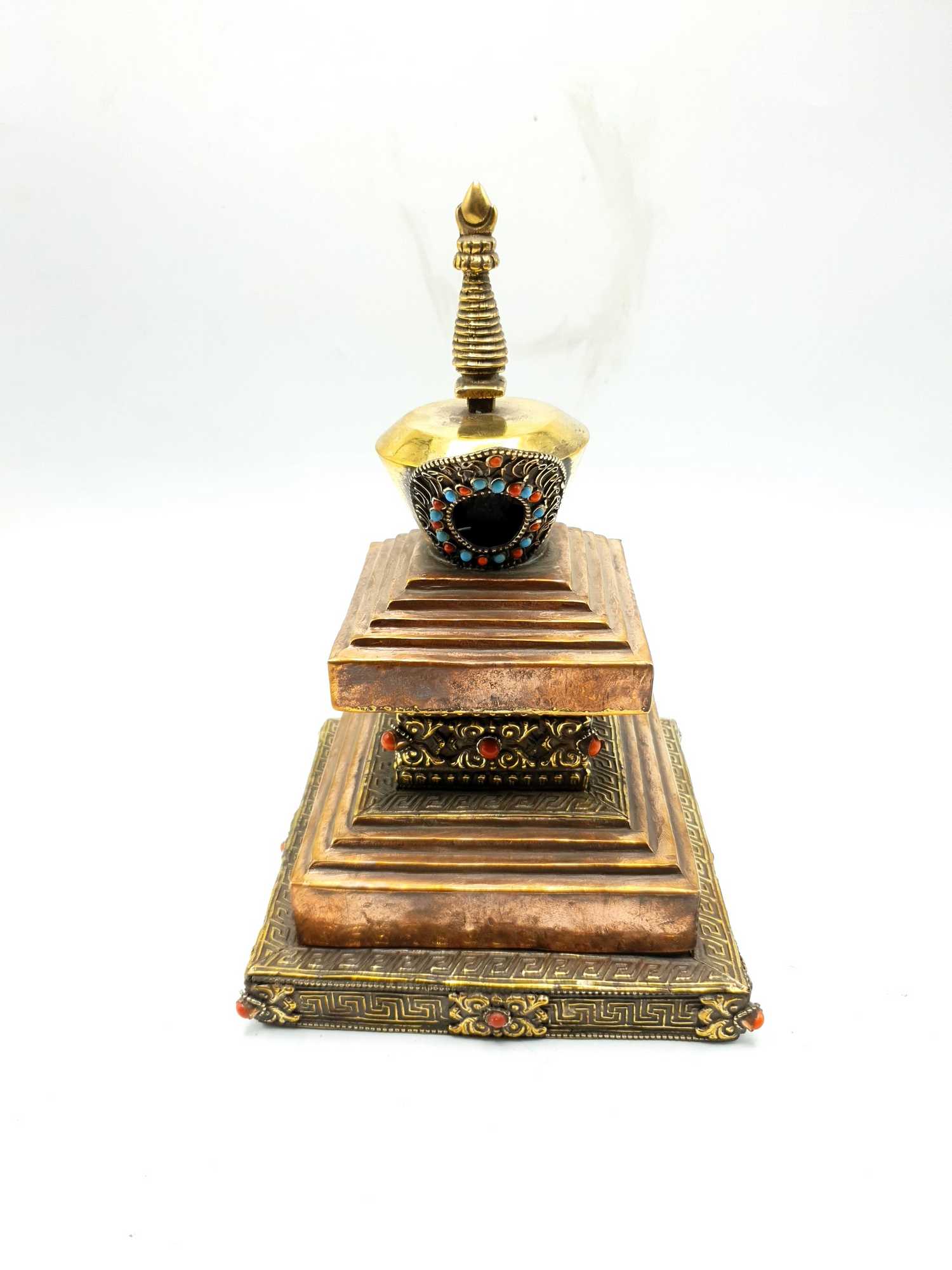

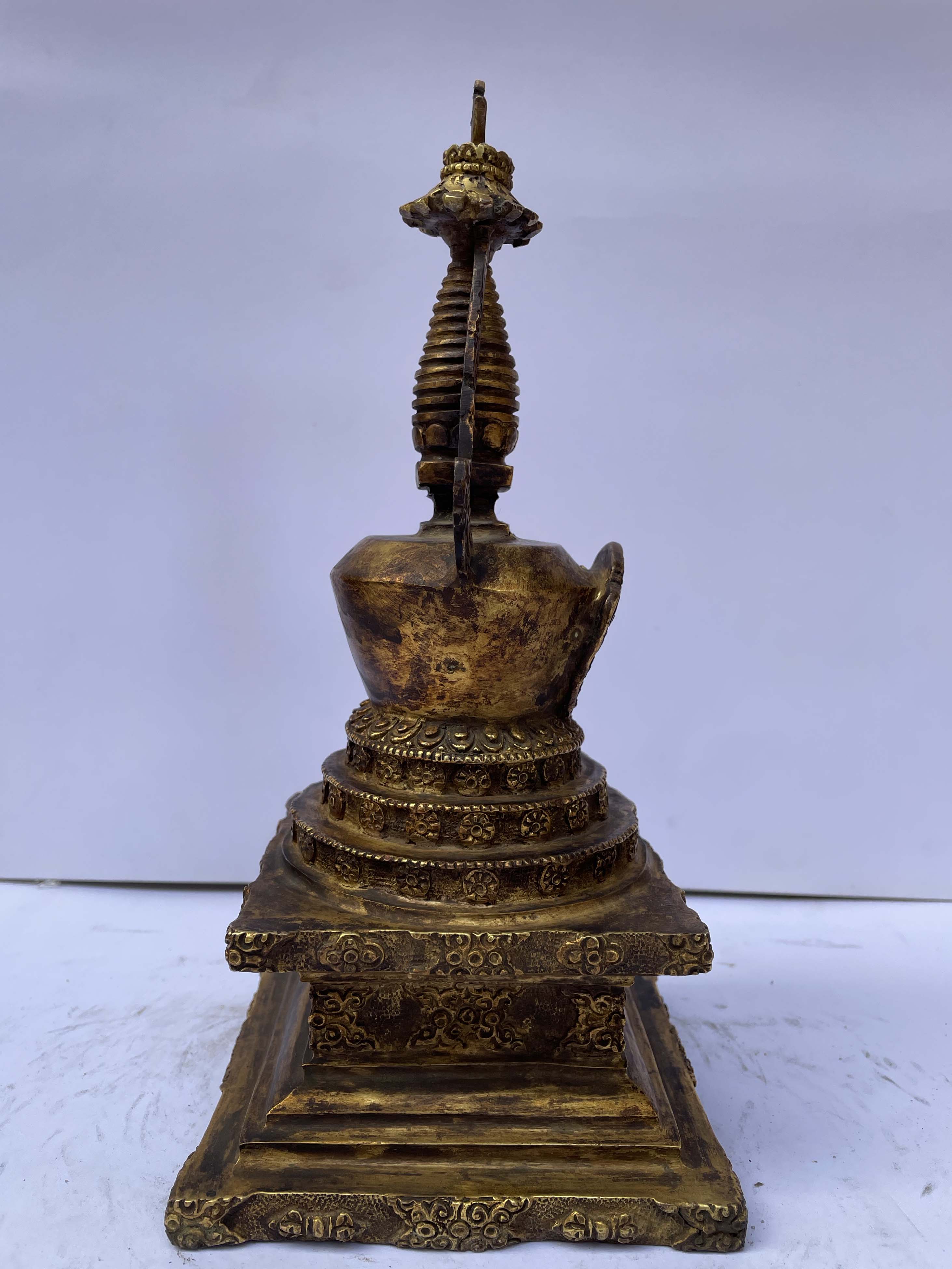
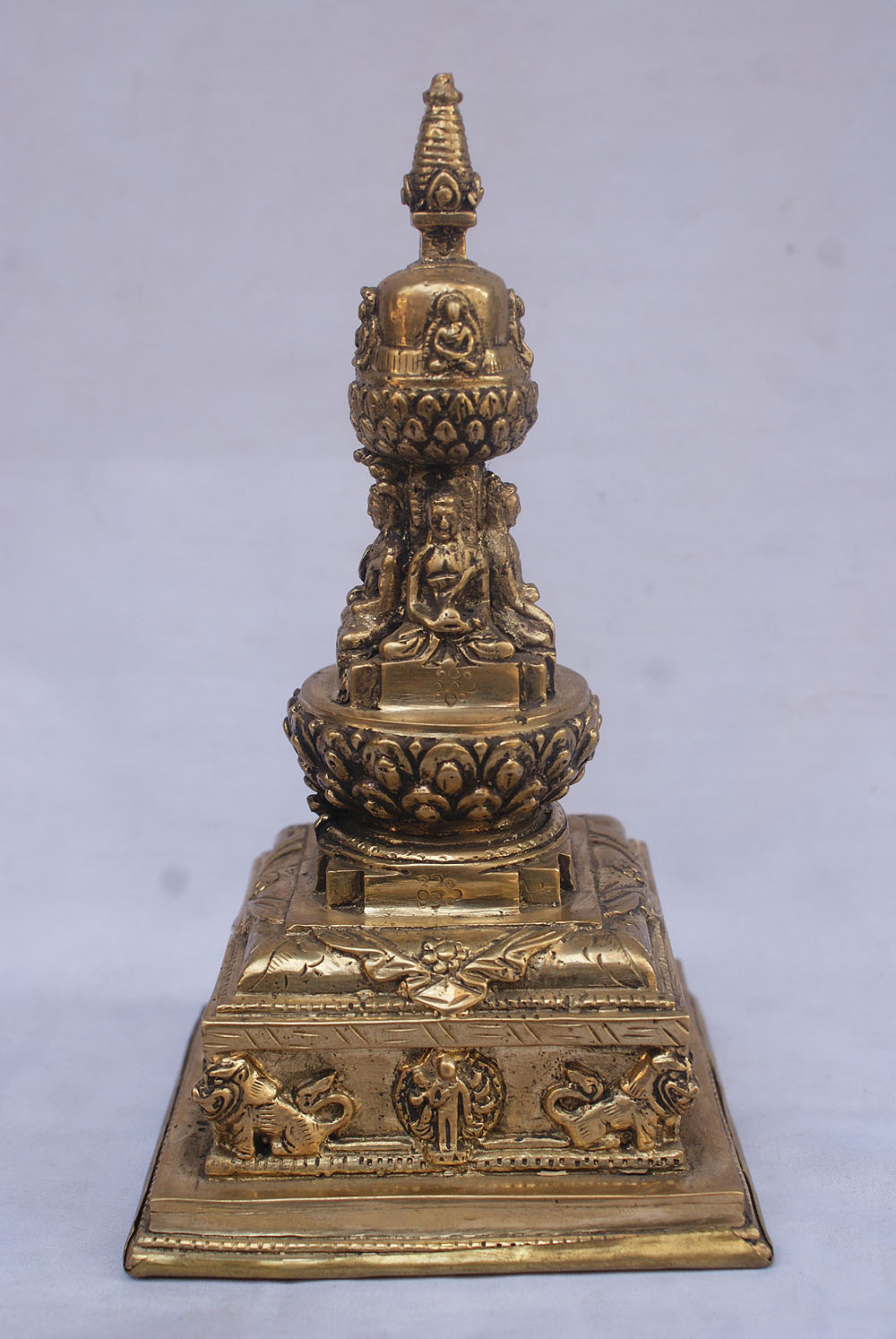 Glossy" title="Stupa Statue,
Glossy" title="Stupa Statue, 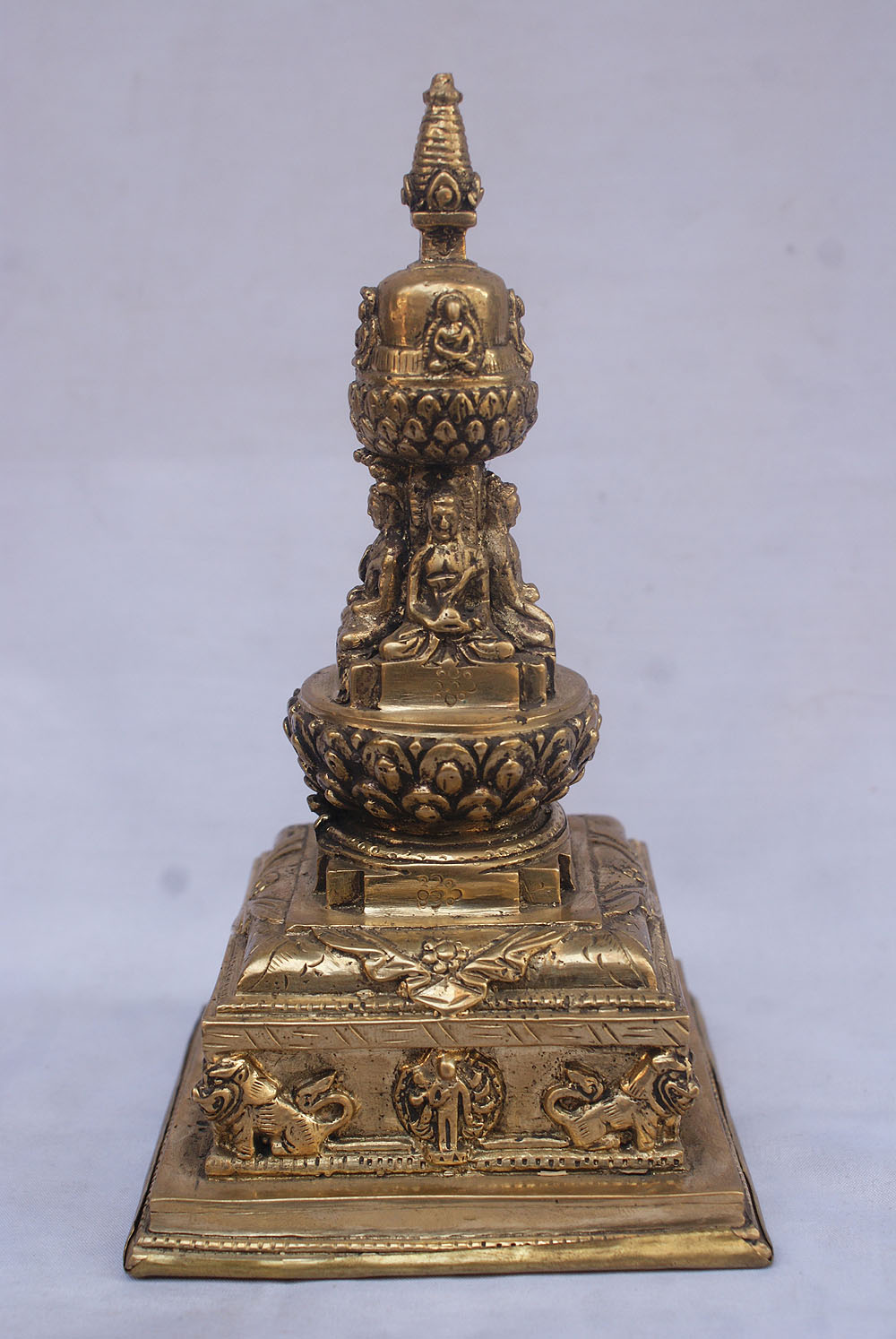 Glossy" title="Stupa Statue,
Glossy" title="Stupa Statue, 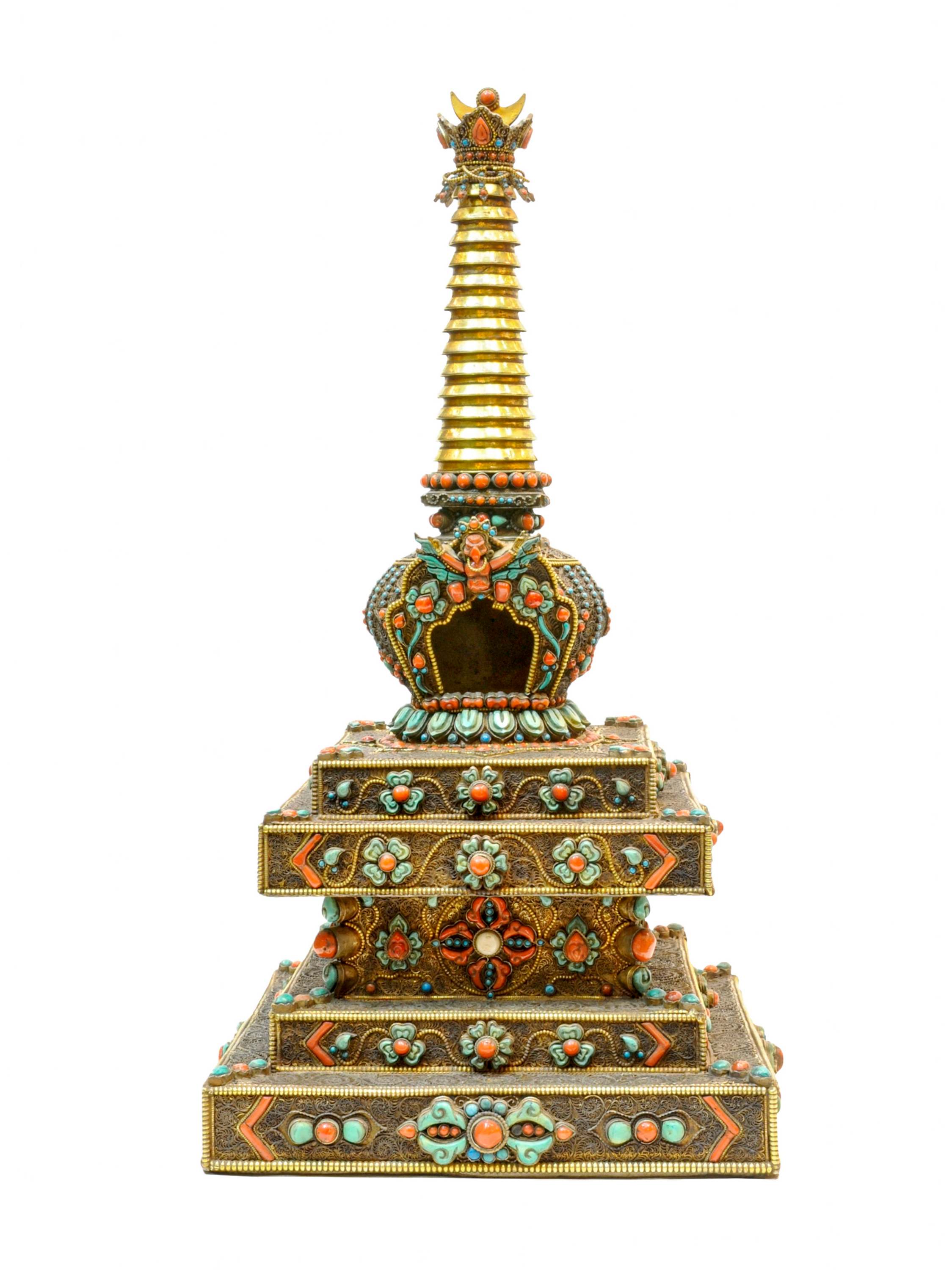 Gold Plated,
Gold Plated, 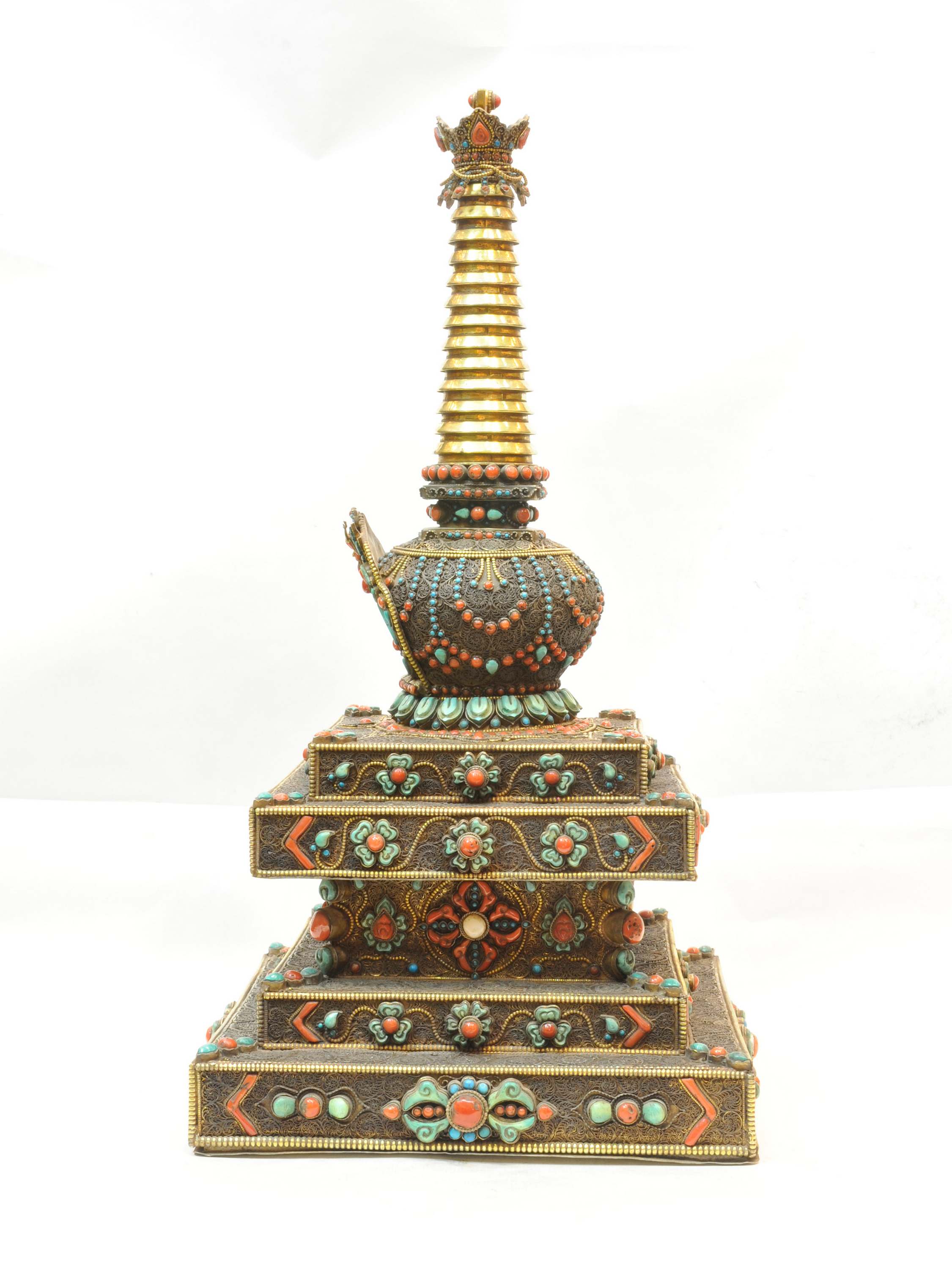 Gold Plated,
Gold Plated, 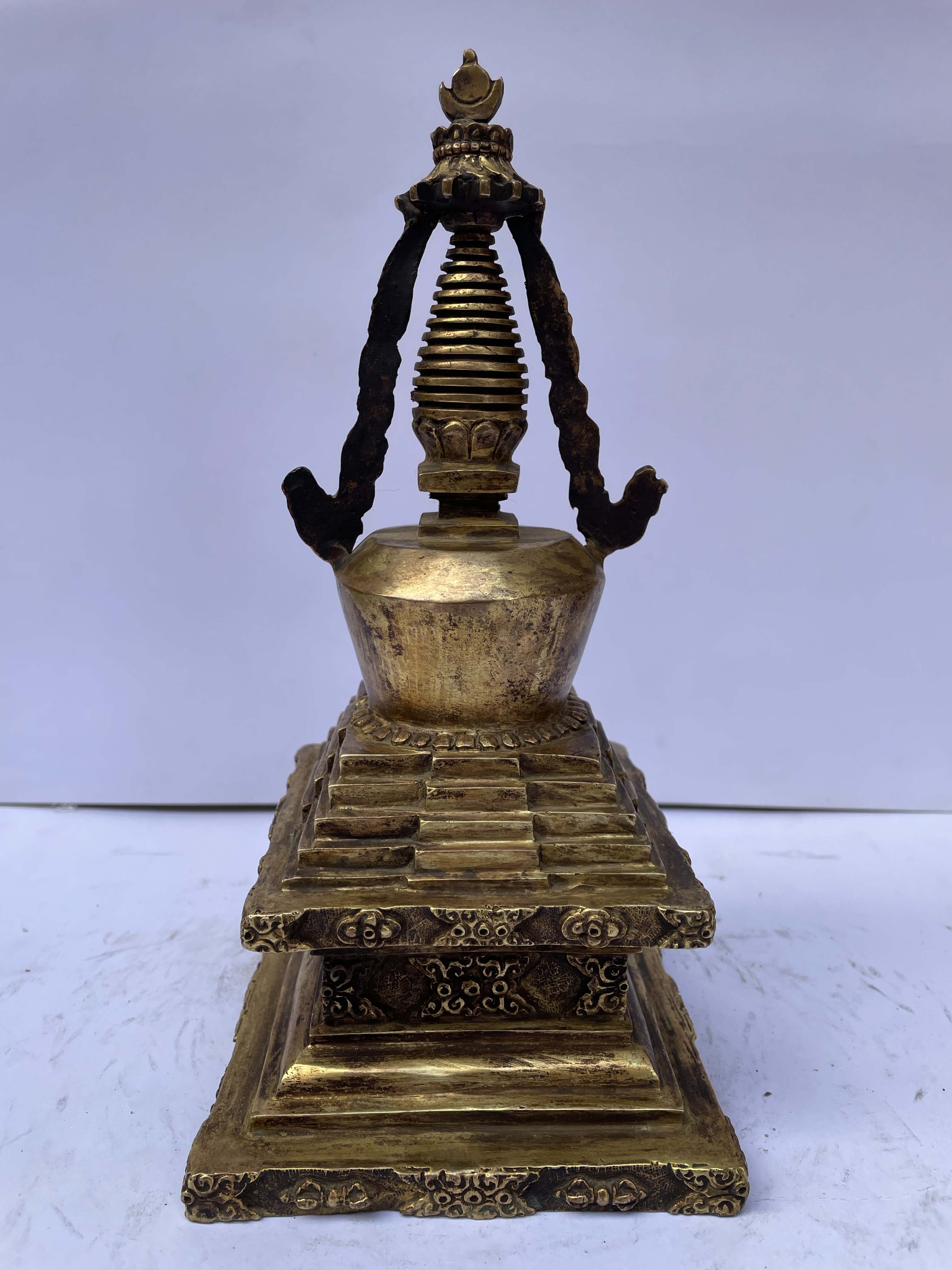 of Reconciliation -yendum Chorten,
of Reconciliation -yendum Chorten, 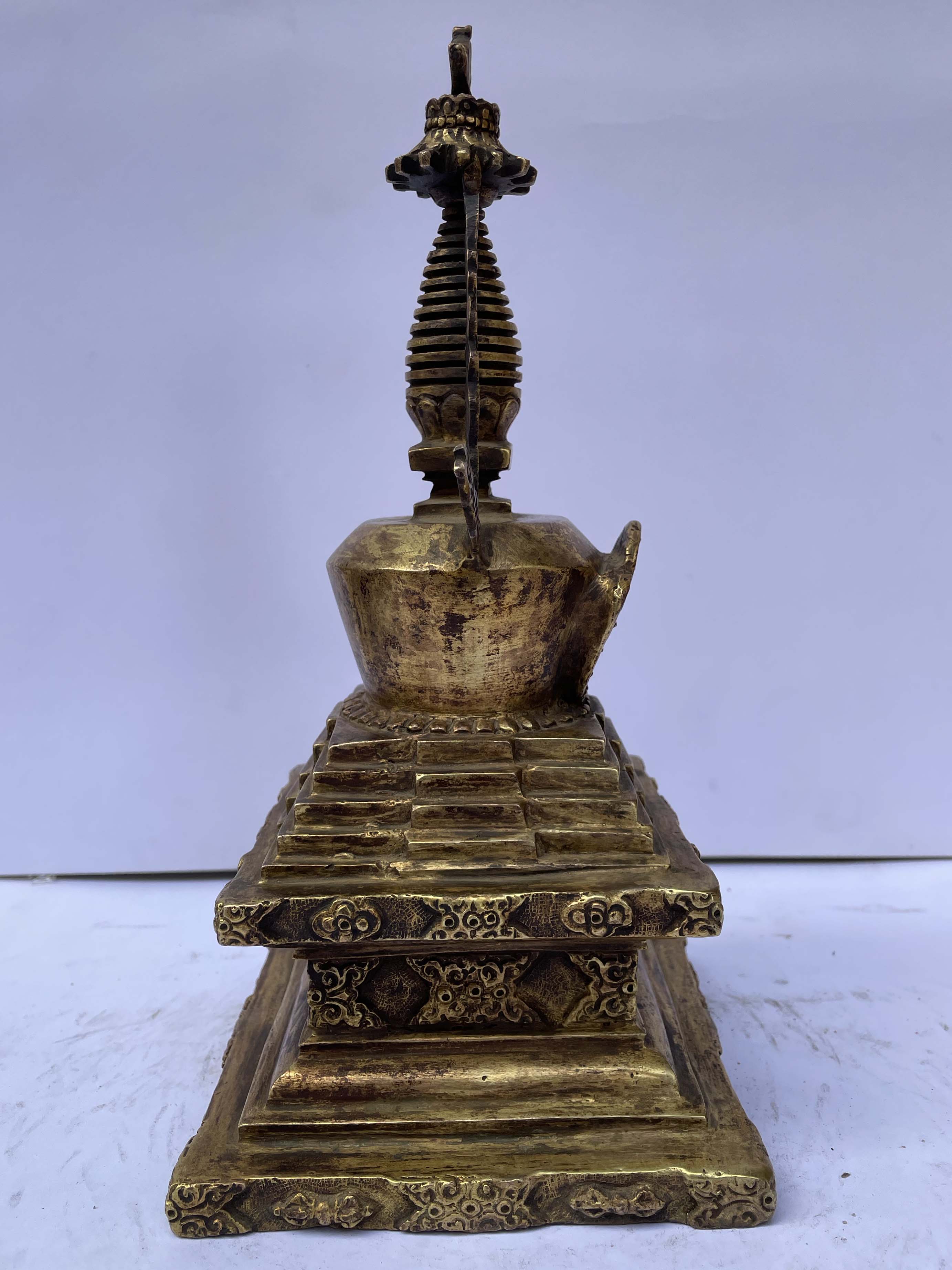 of Reconciliation -yendum Chorten,
of Reconciliation -yendum Chorten, 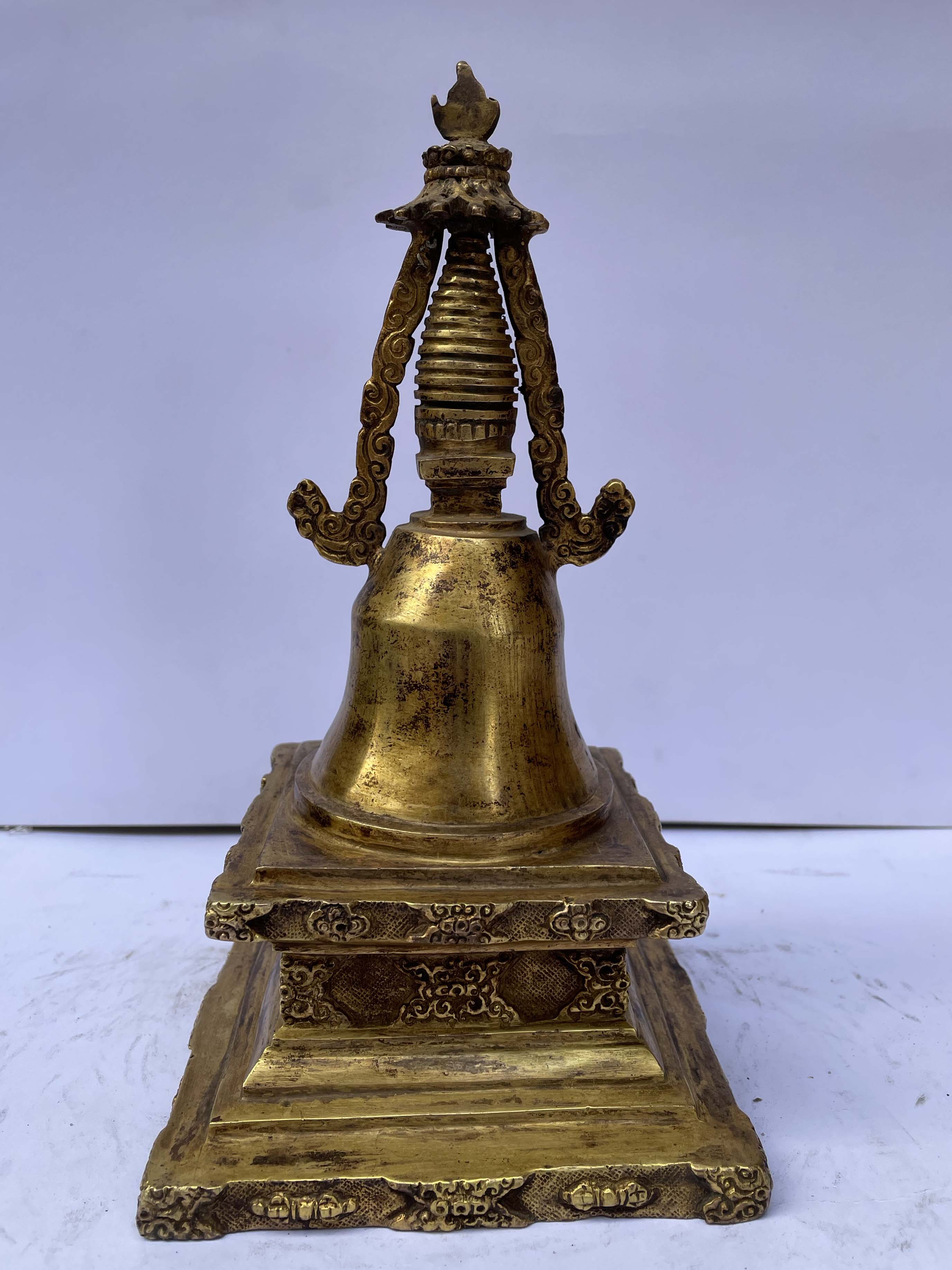 Full Fire Gold Plated, Antique Finishing" title="Buddhist Parinirvana Stupa -nyangde Chorten,
Full Fire Gold Plated, Antique Finishing" title="Buddhist Parinirvana Stupa -nyangde Chorten, 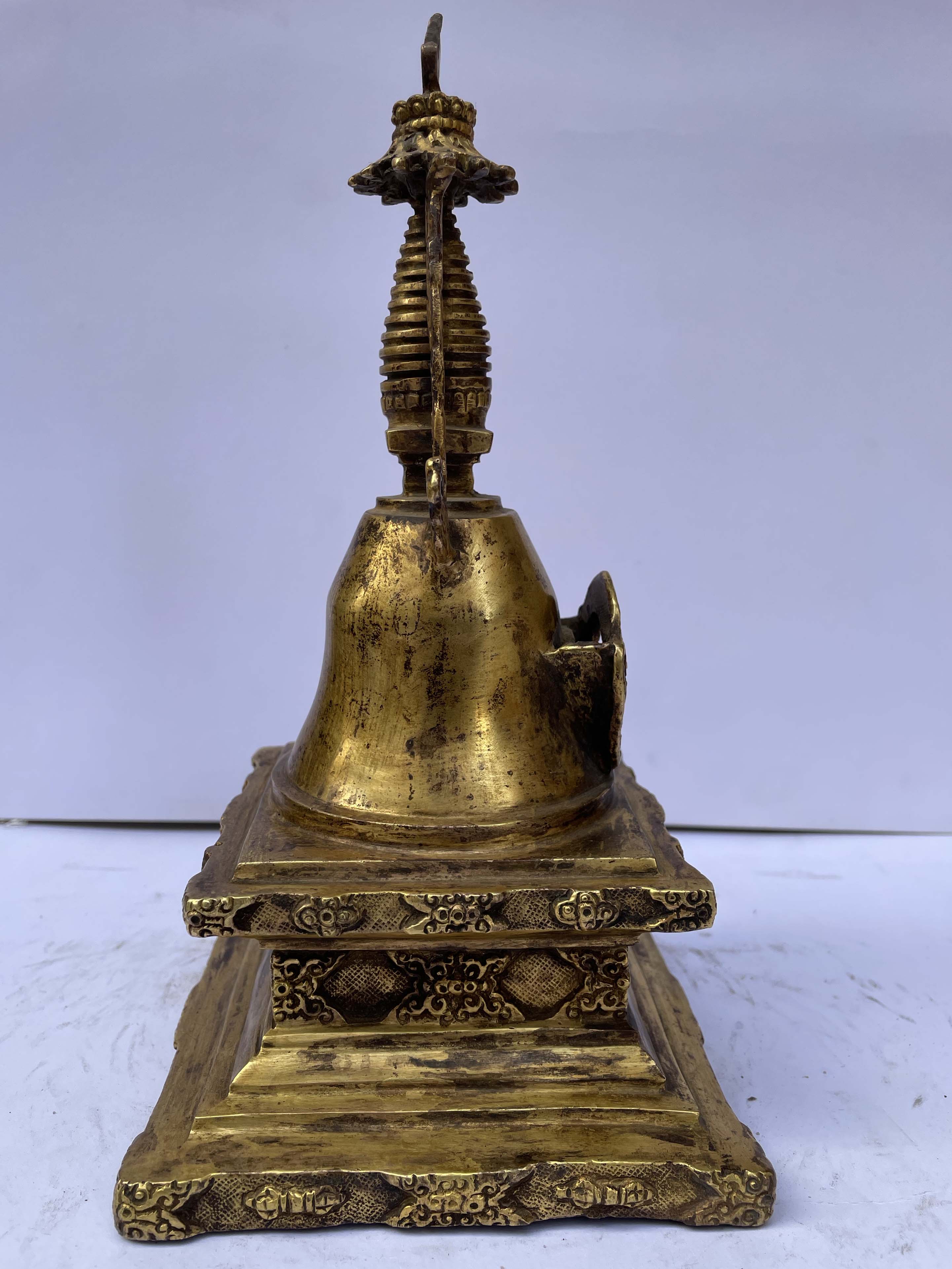 Full Fire Gold Plated, Antique Finishing" title="Buddhist Parinirvana Stupa -nyangde Chorten,
Full Fire Gold Plated, Antique Finishing" title="Buddhist Parinirvana Stupa -nyangde Chorten, 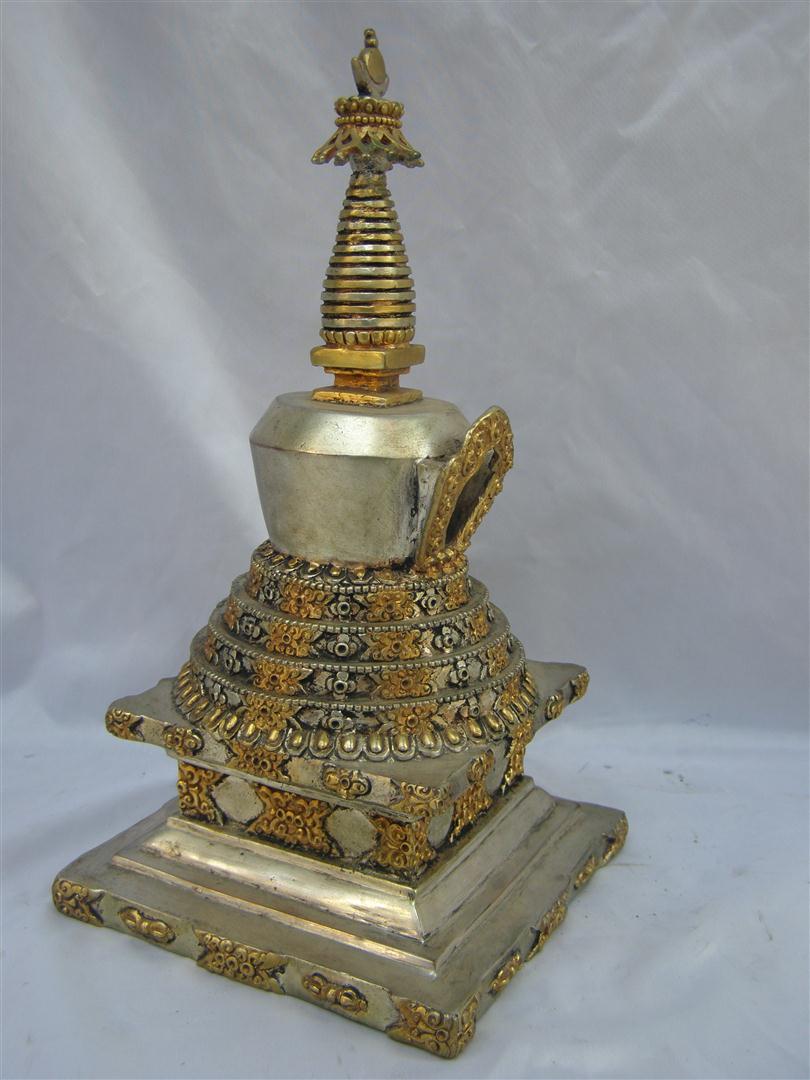 Full Silver Plated,
Full Silver Plated, 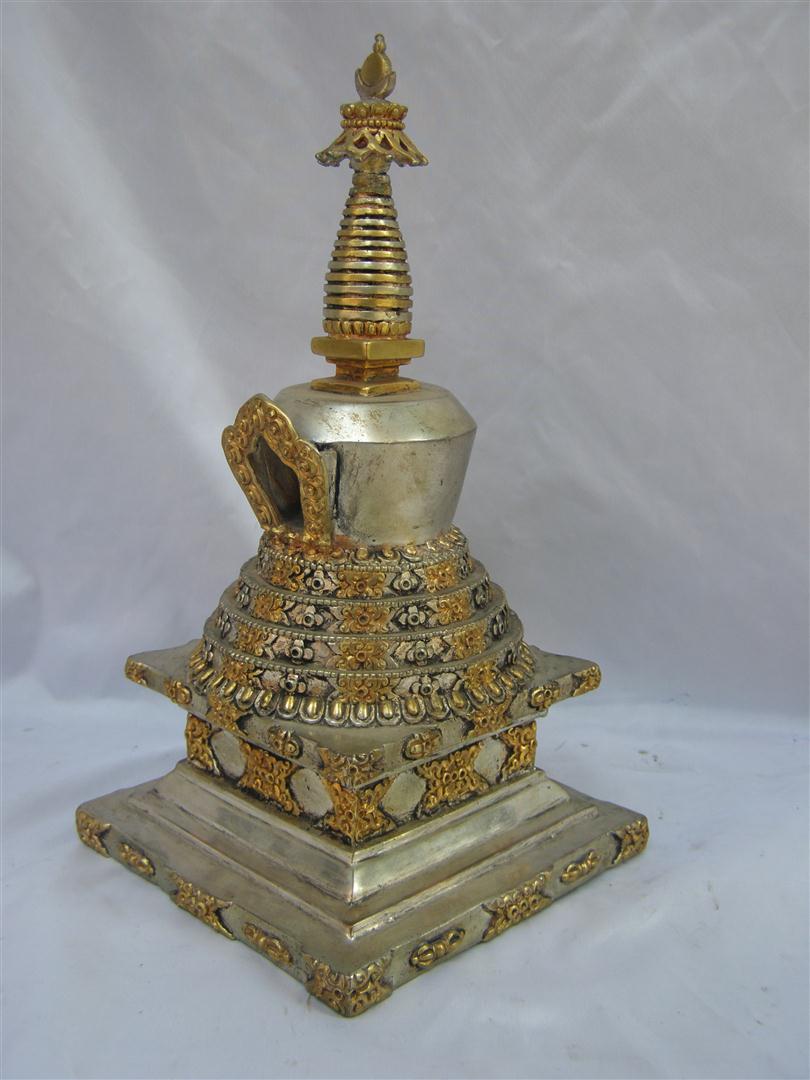 Full Silver Plated,
Full Silver Plated, 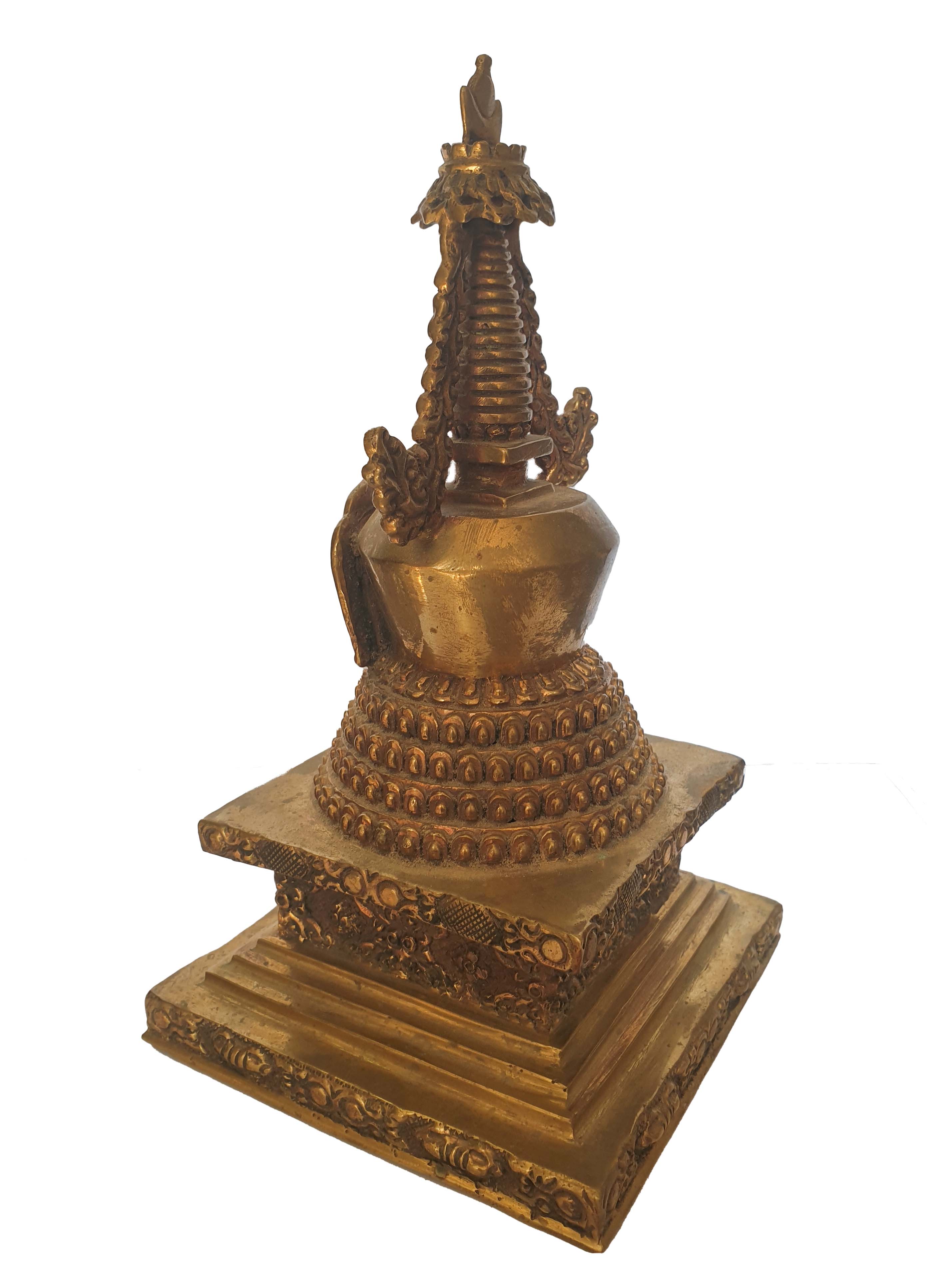 of Stupa,
of Stupa, 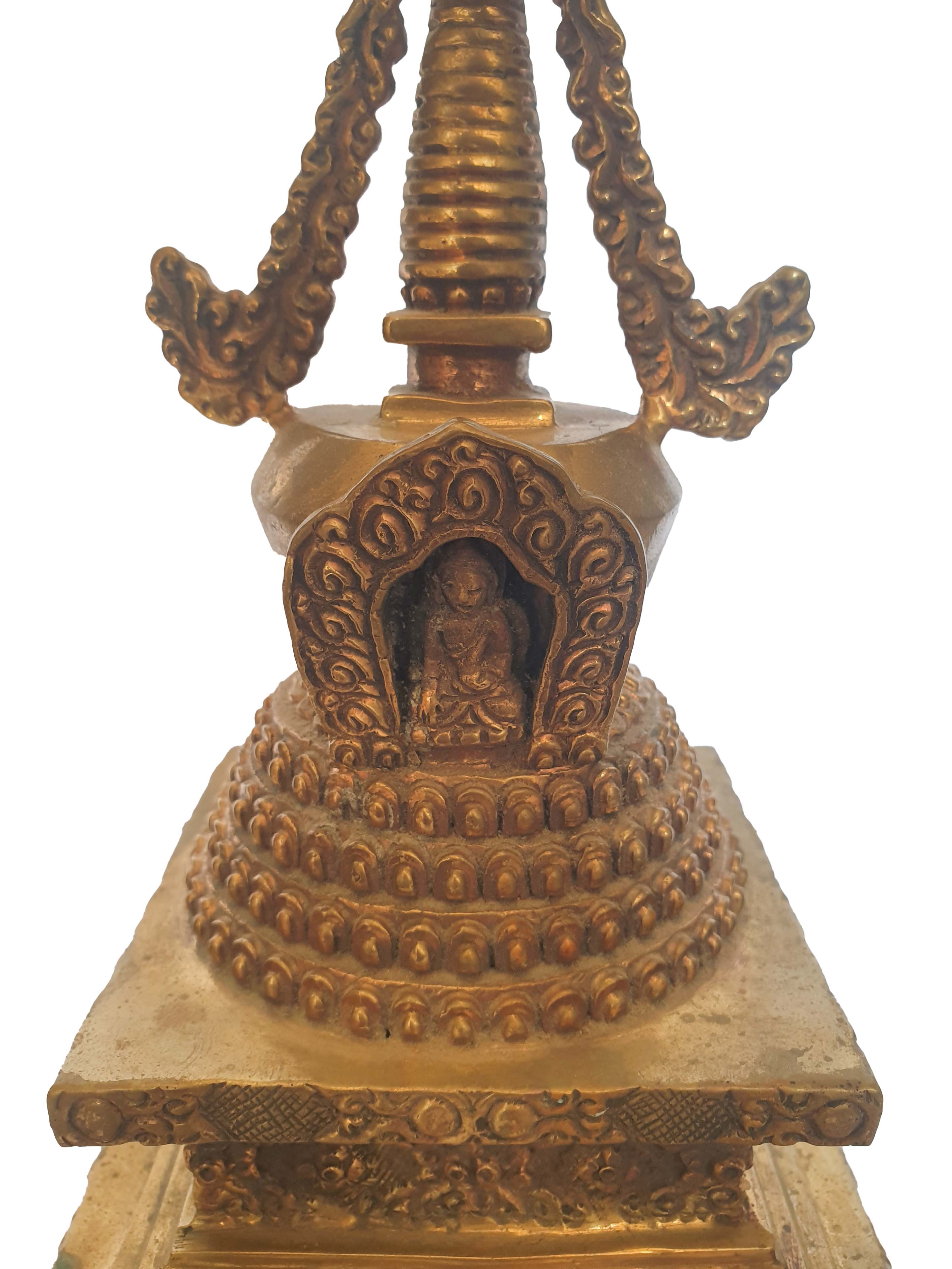 of Stupa,
of Stupa,  Silver
Silver 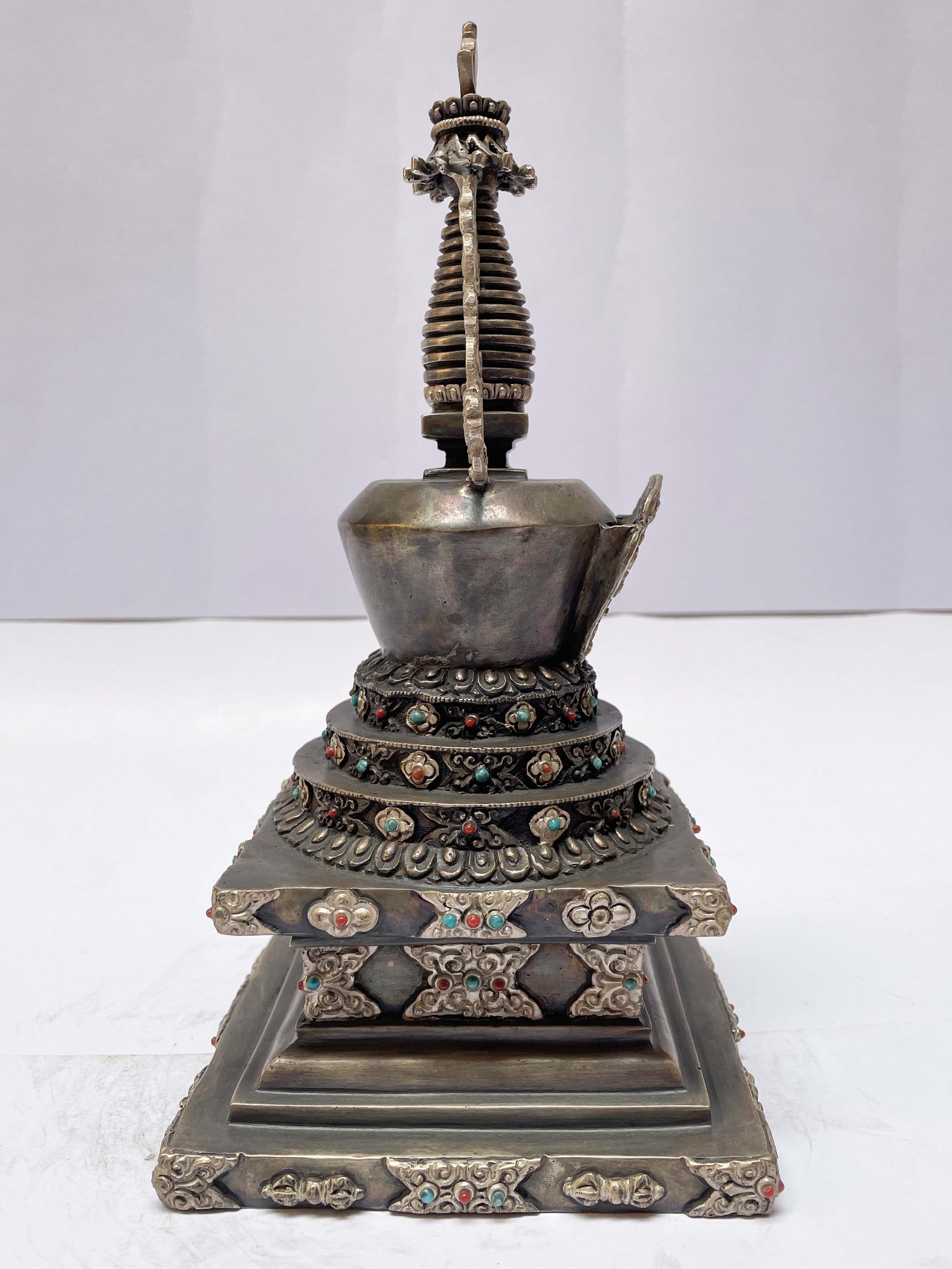 Silver
Silver 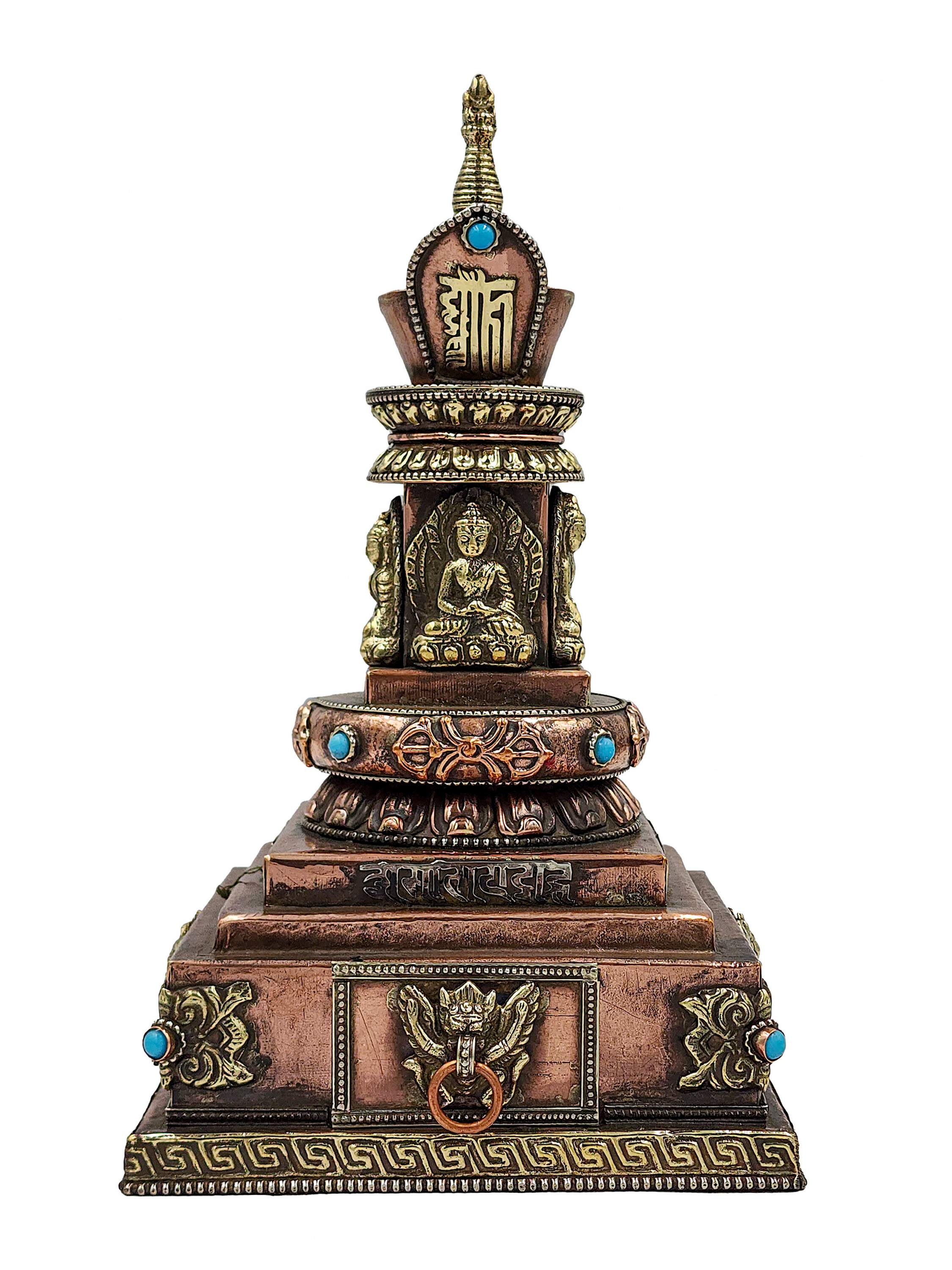 of Stupa, Sand Casting,
of Stupa, Sand Casting, 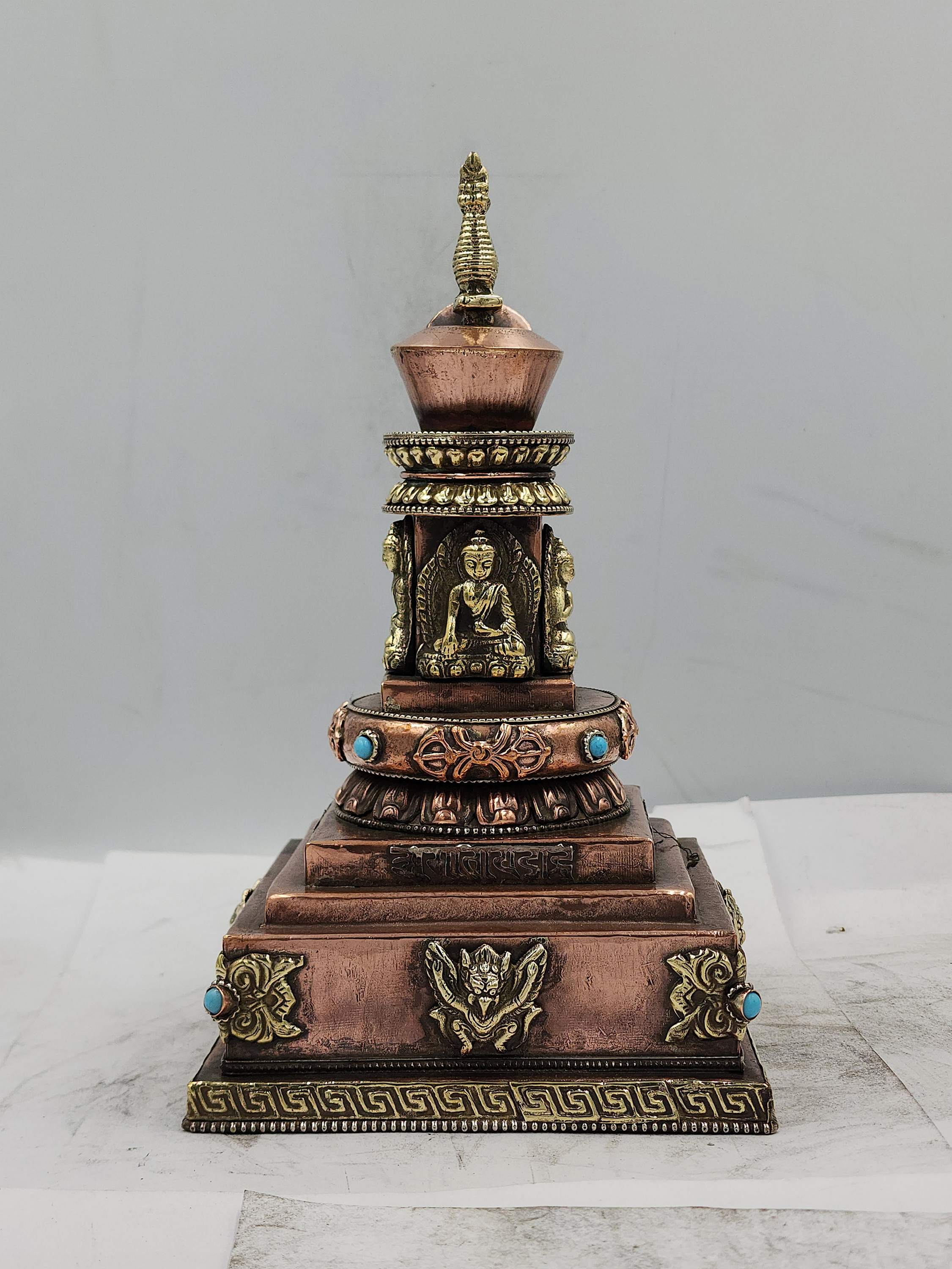 of Stupa, Sand Casting,
of Stupa, Sand Casting,